The two PCCs that were damaged in the collision near the Cedar Grove station on Dec. 29 have joined three other historic streetcars in the MBTA deadline at Mattapan. With five PCCs out-of-service, the agency has reduced service on the 2.6-mile route through Dorchester, Mass. This week, the Mattapan line was running with four PCCs and one standby.
“Customers should expect to wait during rush hour approximately six and a half minutes between trolleys rather than 5 minutes. The MBTA appreciates the patience of our customers as we work to restore regular service to the Mattapan line,” officials tell Trains News Wire.
MBTA has struggled in recent years to maintain service on the Mattapan route, the last line in the city to still use PCCs from the 1930s and 1940s. In 2017, it announced it would spend nearly $8 million to upgrade some of the PCCs to ensure they can run at least another decade, while simultaneously studying whether or not to eventually replace the historic streetcars with buses. MBTA officials have said getting parts for the fleet of 10 PCCs is nearly impossible at times and on occasion they have had to buy parts from museums.
MBTA officials say that last week’s collision was the result of an “operator error.” More than a dozen people were injured when two cars ran into each other last Friday.





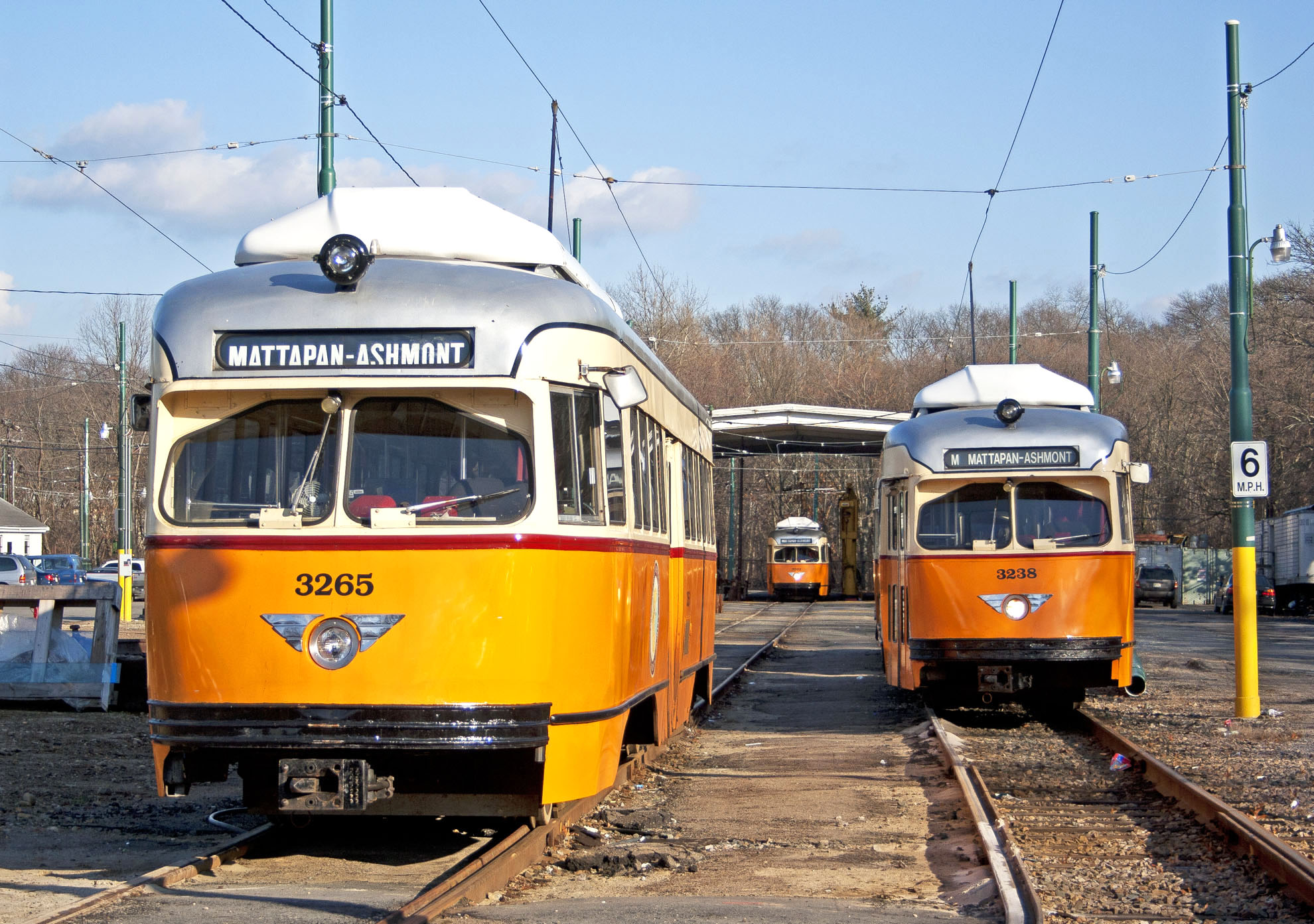

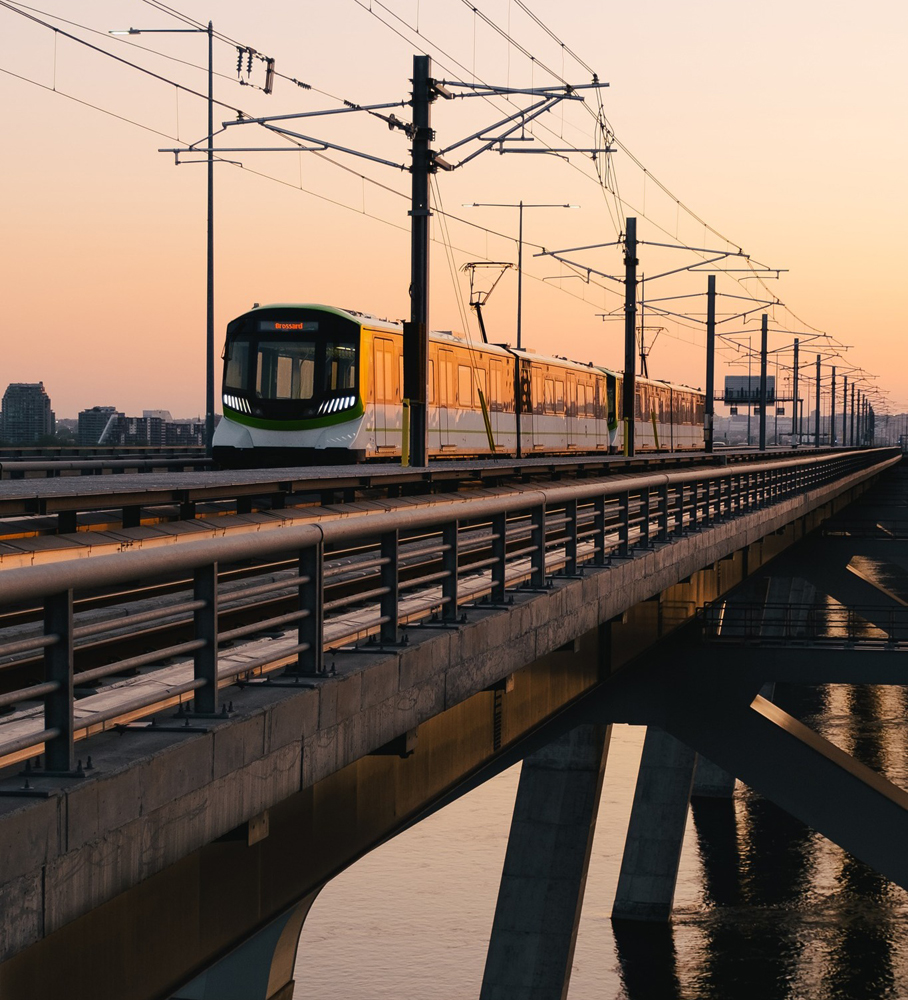
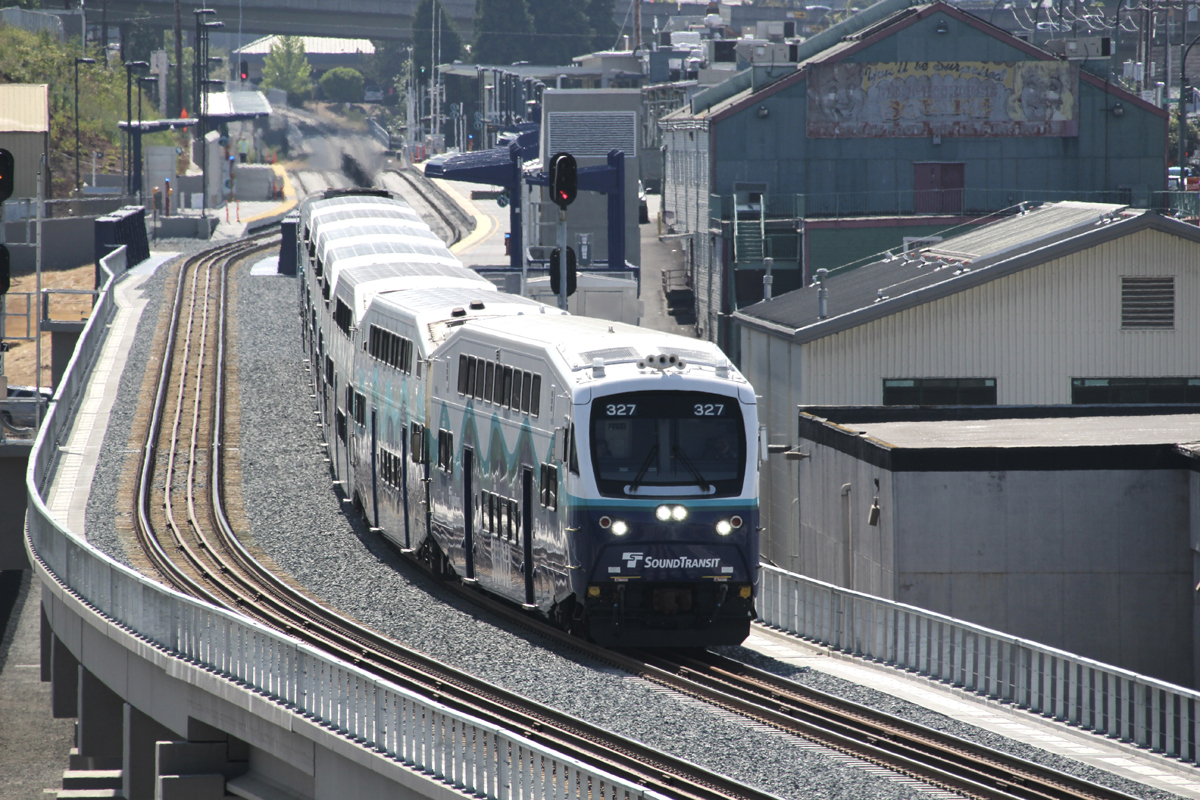
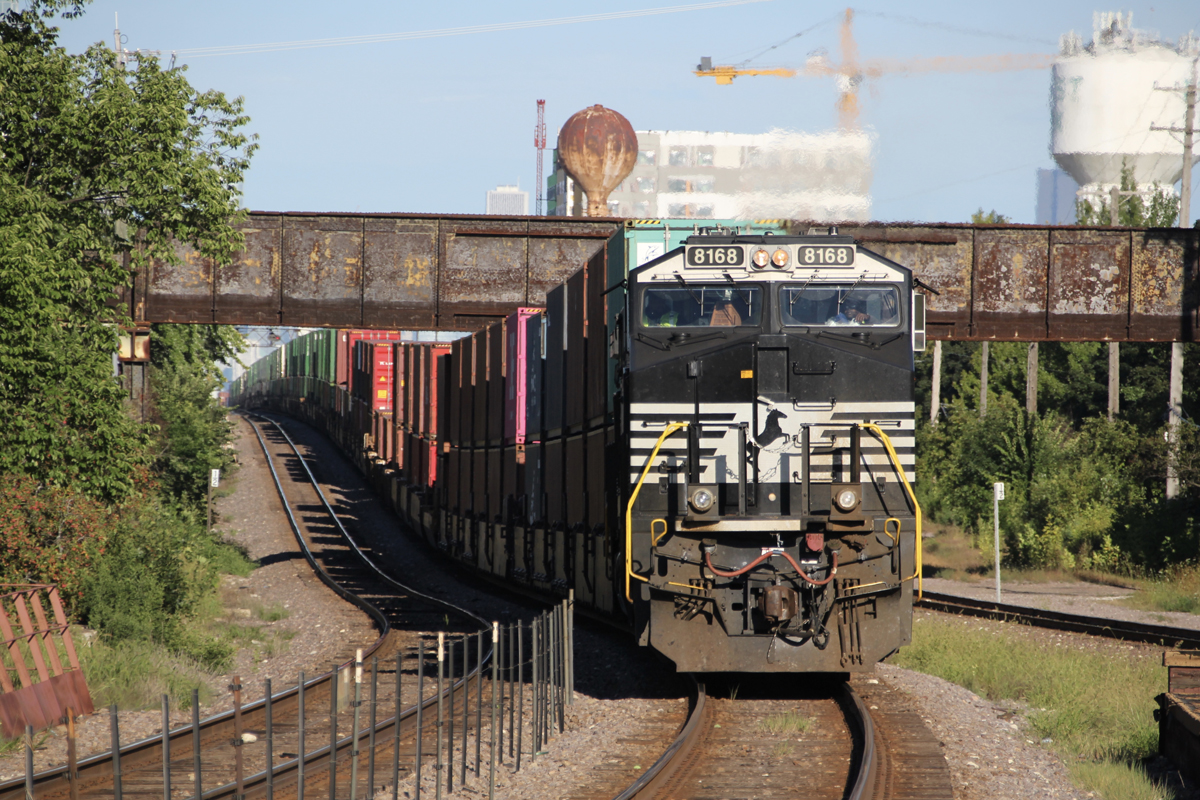
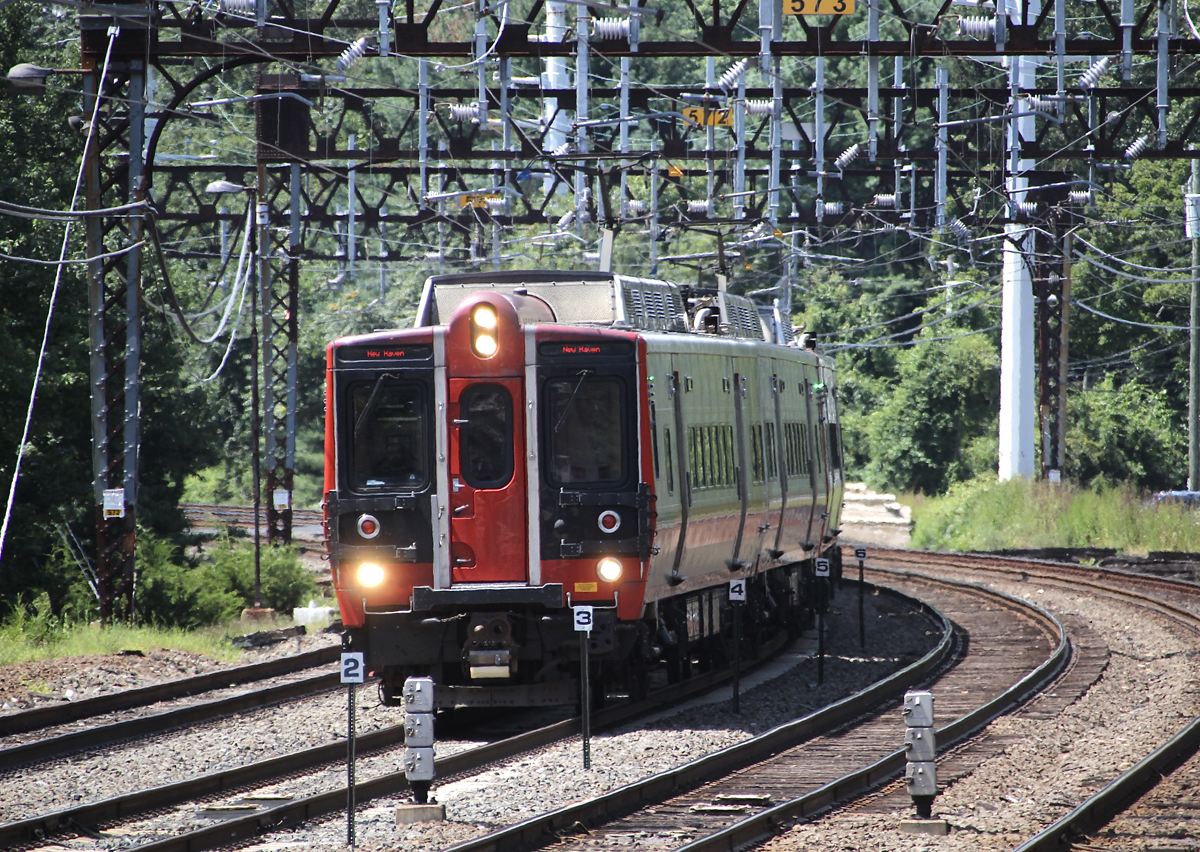




Remember riding on these PCC cars in the mid 1980s up the E Line Huntington Ave.
I live in Philadelphia and we redid the old route 15 street car line with rebuilt PCC cars. As far as I know there is no signal system used other than standard city traffic lights. Our southwest Philadelphia light rail/trolley system also operates with just city traffic lights except in the subway. A few years ago SEPTA upgraded the old signal system and they had problems when it was first installed. But for the last few years it has worked well. Boston may want to contact the company that rebuilt our old PCC cars since that would be less expensive than new cars. Trolleys or light rail usually is more popular than busses and busses have accidents too.
Streetcars should be able to encore as a comeback. This time they should be planned into corridors that have limited access from traffic when over 60 to 100 years ago they completely shared with regular traffic. Let`s face it, the average sale a new vehicle will soar to more than triple than the existing cost with so many more additional expensive digital features will be required by the next 10 to 15 years that the normal wage earner simply cannot afford a vehicle. Perhaps by the 2030s or 2040s most urban Interstates will shrink two lanes into a separate corridor for light rail streetcar traffic due adjusted demand.
The Green Line has signal blocks on the D Riverside and the tunnels plus the Lechmere Viaduct. There are no track trips or anything to control the streetcars in any way so it’s all up to the motormen what is done. Reservation operations and street operation on Huntington Ave. are just like old time streetcars with not even an Ardmore Blvd.-type signal operation (Pittsburgh Railways). As I wrote some time ago Ashmont-Mattapan has been unsignalled since 1929 so collisions (just like bus collisions) happen every so often. The peculiar situation of this latest accident sounds like this not just the usual collision near a stop. Long term Mattapan-Ashmont is probably doomed. Unfortunately the Butler Street stop almost requires left-hand operation but Ashmont is no longer a left-hand station and Butler Street could be easily modified so PCC’s from another system could be used.
Regarding PTC, I understand it can’t be used in yard and terminal situations where the tracks are close together; it’s intended as a cure-all out on the line. A huge amount of money is being spent on PTC yet it brings in a new set of problems: design flaws that will be discovered in blood, and hacking and other sabotage risks, to say nothing of the lost opportunity of doing anything involving “moving blocks” for added track capacity. It may turn out that the new risks may be just as costly as the old risks and a diminishing return on all that massive effort.
Putting a control system on the streetcar-type operations would be so prohibitively expensive Boston just might revert to bus operation. Supposedly the American Transit Association’s guidelines for transit system says Boston shouldn’t have a subway at all; we have one for basically historical reasons: one could be built fairly cheaply for the times–so it was and no one saw any reason to shut it down (unlike that curiosity the Sioux City Elevated).
I was at the trolley museum in Colorado Springs and they have about 10 old Philadelphia PCCs there they said they’d like to dispose of.
Still haven’t seen any description of this crash. Lacking another description, I assume it was a nose-to-tail crash with both trains on the proper track. Though the Mattapan-Lower Mills-Ashmont trolley is labeled as an adjunct to the Red Line, it seems to be the same format as the Green Line, which has a zillion times the traffic. My observation of the Green Line seems to be that it runs in some sort of Visual Flight rules, that the streetcars run one after the other, not separated by block signals. One crush-loaded Green Line train simply pulls into the space that another crush-loaded Green Line train has just pulled out of. What the Green Line needs is a multi-billion dollar upgrade to turn it into a real transit system. God knows it has more traffic than it can handle. I remember waiting at the Green Line’s Longwood station on the border between Boston and Brookline. Trains went by without stopping because they had no room for passengers. When I finally did board a train with “space” it was loaded to twice over crush capacity. While NARP chases the chimera of an unneeded Amtrak connection between North Station and South Station, which would cost more money than God Himself could imagine counting, what Boston needs is a total rebuild of the Green Line.
Gearld: thanks for catching that and setting the facts straight!
W Cook
Pay attention to whom wrote what. First it was Kip Grant that mentioned the FRA, and then Jack correctly stated that the Mattapan line falls under FTA jurisdiction, as in the Federal Transit Administration, which has jurisdiction over mass transit, which I believe the MBTA is.
Jack Stryker, if you don’t know, don’t make such silly IIRC. The FRA has no jurisdiction over trolley lines, just the same as the ICC never had jurisdiction over trolley. A trolley is not commerce, passenger are not commerce, and the Federal Interstate COMMERCE Commission did not have jurisdiction over rapid transit or trolley as they are not commerce. Only states have jurisdiction because of the US Constitution as a Commerce Clause which separates Federal and States jurisdiction. You have to amend the US Constitution to change that. LOL
Light rail/streetcars come under FTA jurisdiction IIRC.
I imagine this rail line becomes another PTC candidate. This is a route under FRA’s auspices, yes?
Stick rails; check. Cross ties, check. Primitive signals / crossovers; check. Passengers; check. Collision caused injury; check. Operator error….. (sounds like the Cascades incident); check.
Cost to deploy PTC; prohibitive. Bring on the busses.